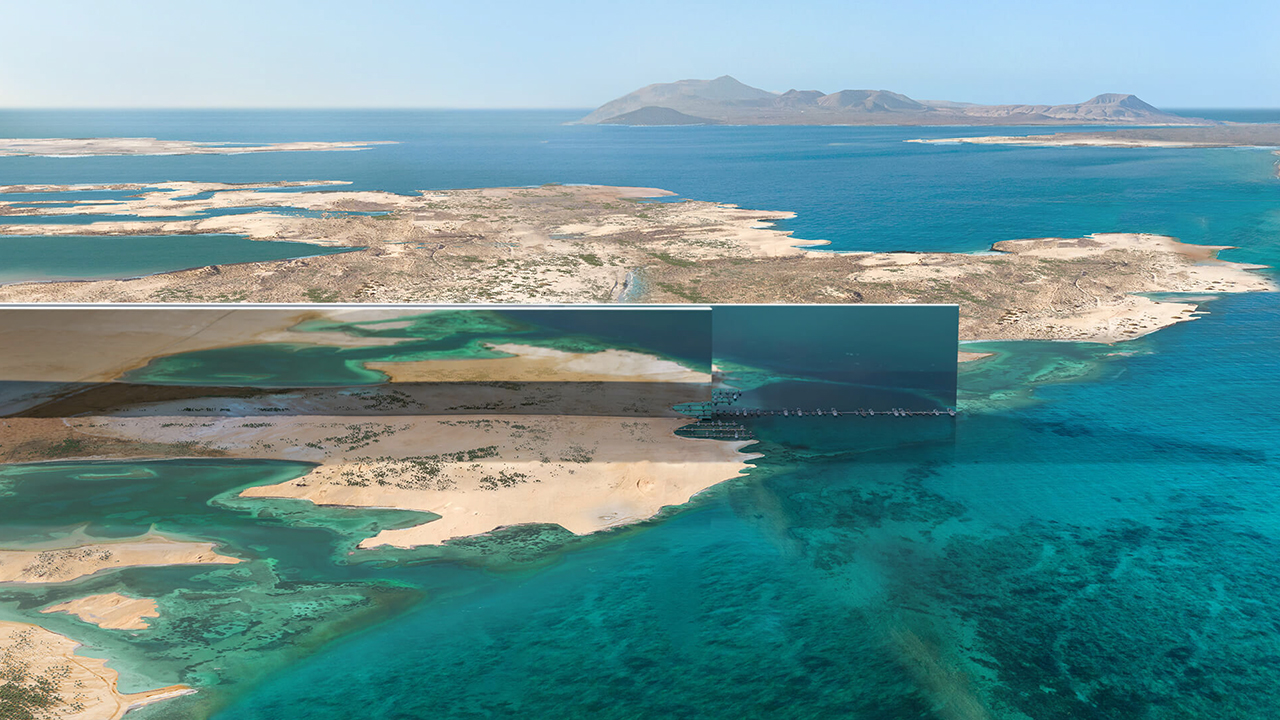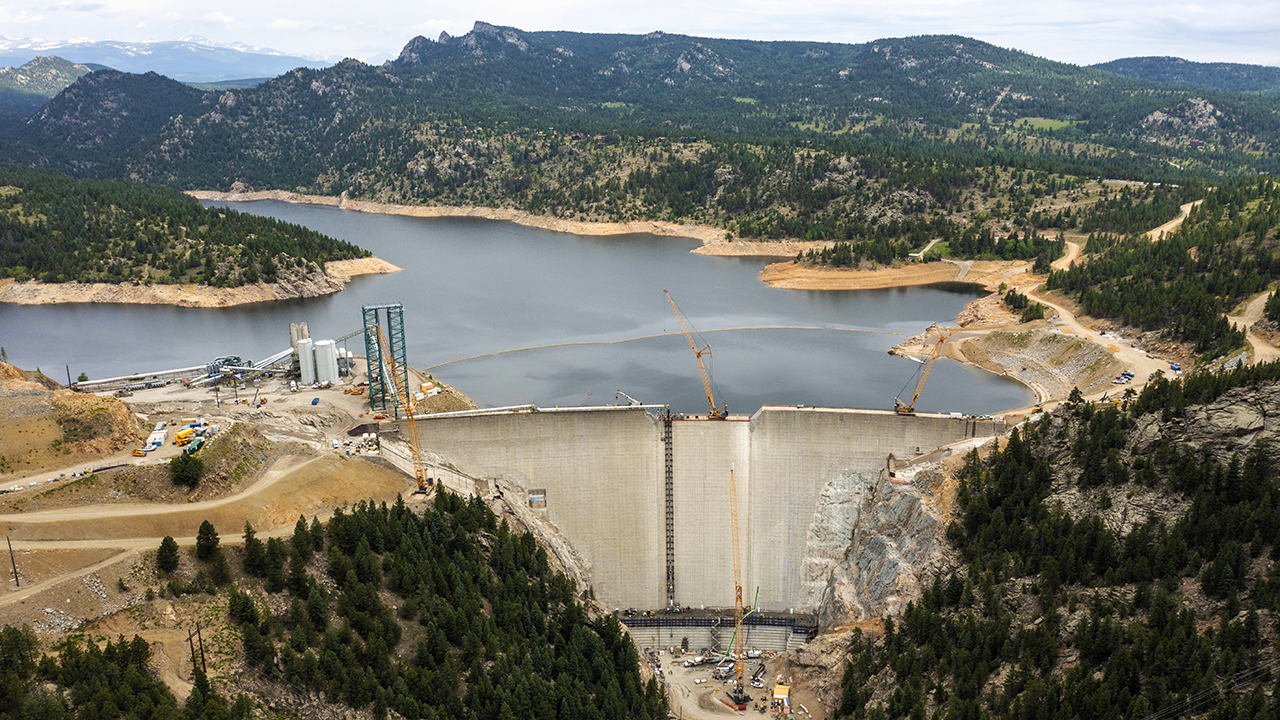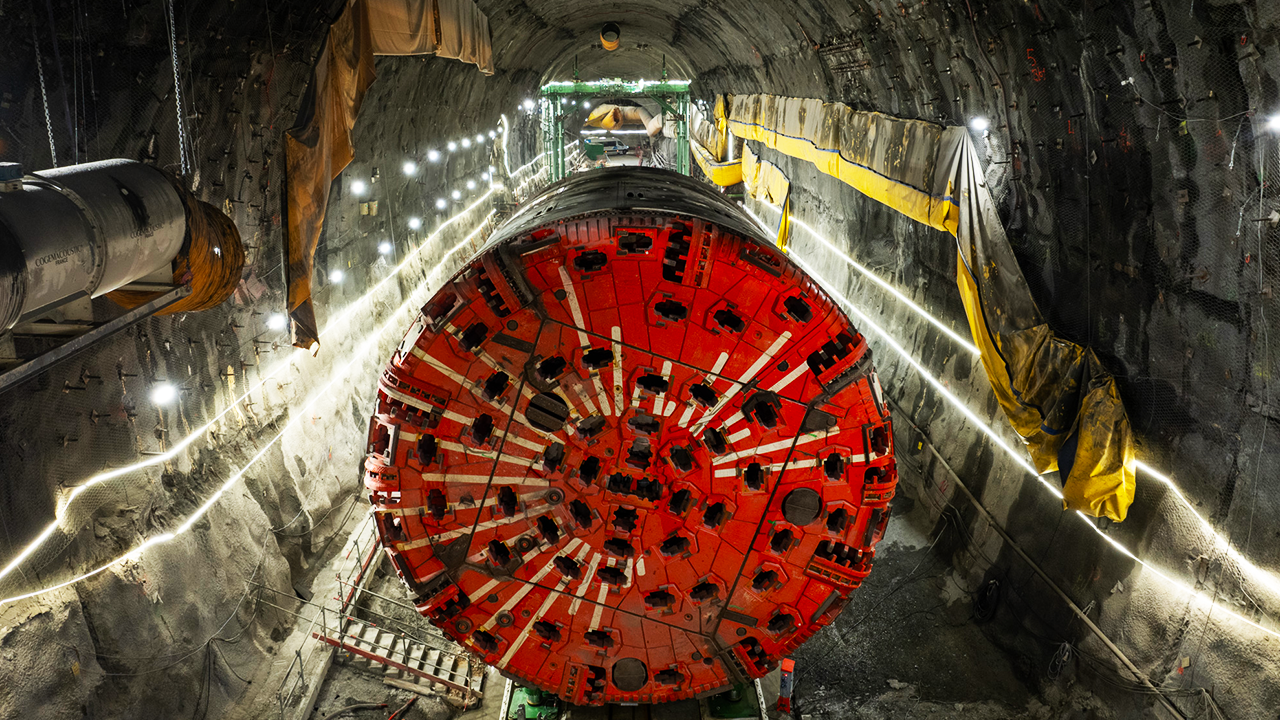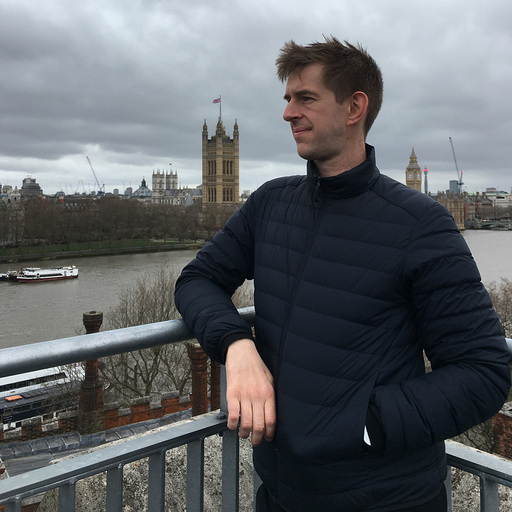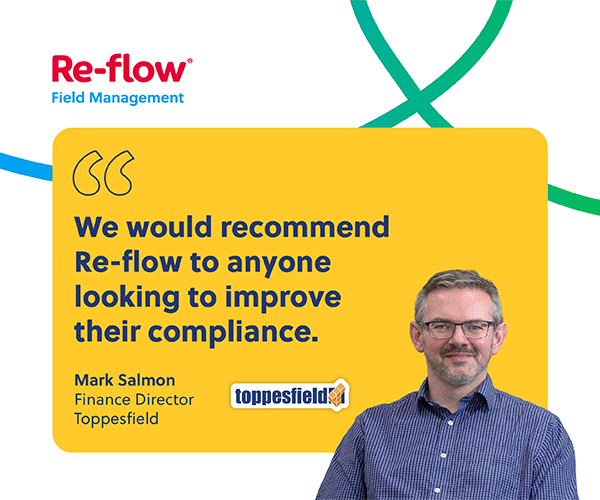The Race to Save the World’s Deadliest Dam
- Youtube Views 888,478 VIDEO VIEWS
Video hosted by Fred Mills. This video contains paid promotion for KiwiCo.
HIGH IN THE MOUNTAINS of the Kyrgyz Republic, the town of Mailuu-Suu sits below an earthen dam that holds back nearly a million cubic metres of radioactive sludge. Engineers warn the structure could fail at any time – and that the only solution is to move the waste. The question is whether that can be done before disaster strikes.
Mailuu-Suu was founded in 1946 to serve uranium mines in the surrounding hills. At the height of the Cold War, the town processed ore that went directly into the Soviet Union’s first atomic bomb. But mining and milling uranium produces far more waste than usable fuel. To obtain a small amount of concentrate, miners must crush large volumes of rock, treat it with chemicals, and then separate the desired element from everything else.
What is left over is known as tailings – a thick mixture of ground rock, chemical residues, water and, in this case, radioactive material.
Tailings cannot simply be dumped. Instead, mining operations typically store them in engineered basins called tailings ponds. These structures resemble reservoirs or artificial lakes. A dam or embankment is built to hold the slurry in place. Over time, solids settle at the bottom, water drains away, and the mass is expected to compact into a relatively stable deposit.
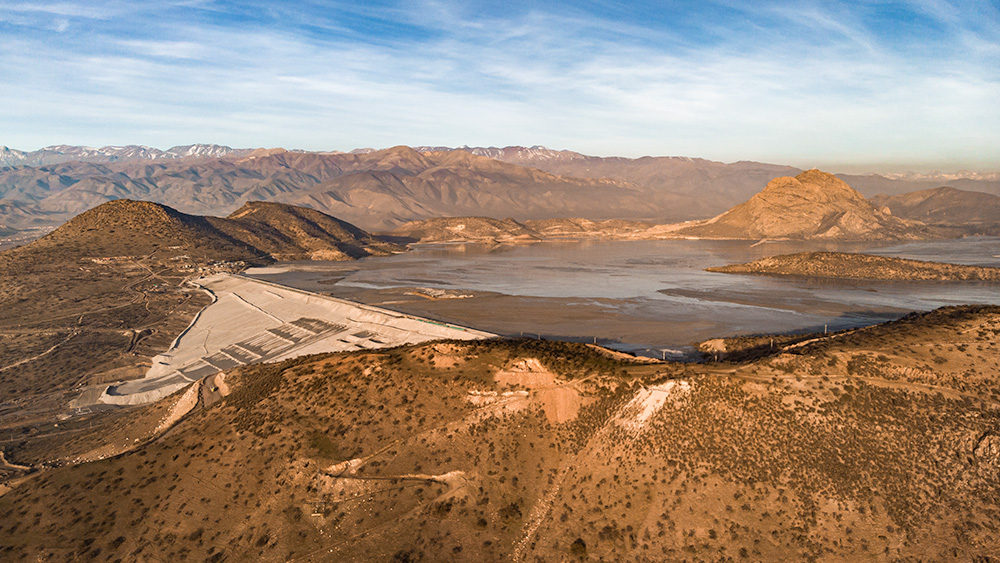
Tailings dams are a common bi-product of mining.
If properly designed and monitored, tailings ponds can remain safe for decades. But they are among the most vulnerable structures in heavy industry. Across the world, failures have released toxic slurries into rivers and farmland, sometimes with deadly consequences.
In the former Soviet Union, the scale was vast. Dozens of tailings ponds were constructed across Central Asia, often close to rivers and mountain valleys. Many were built quickly, with limited consideration for long-term stability or seismic risks.
Mailuu-Suu alone contains more than 20 such sites. The most dangerous is tailings pond number seven. Built on a hillside beside the Mailuu-Suu river, it holds around 900,000 cubic metres of uranium waste behind an earthen dam. Downstream lies the Fergana Valley – one of Central Asia’s most fertile agricultural regions, home to around 14 million people.
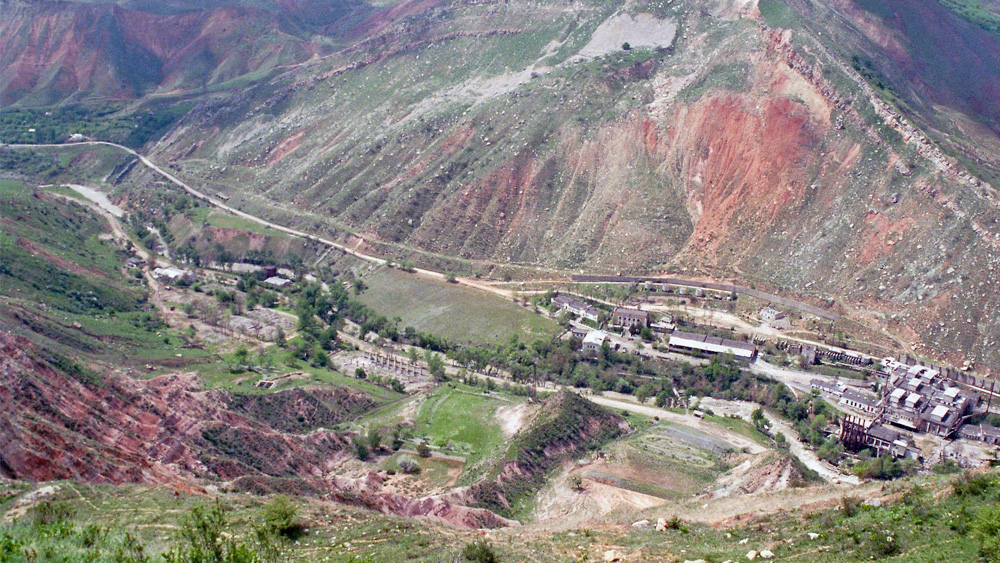
Mailuu Su in the Kyrgyz Republic.
If the dam were to fail, experts warn, radioactive sludge would be carried into the river system and across the valley within hours.
In 2023, following powerful earthquakes in Turkey and Syria, Kyrgyz engineers inspected pond seven to assess how it might withstand a seismic event. What they found was alarming. Instead of compacted, semi-solid material, the tailings were saturated and loose – “more like toothpaste than earth,” as one engineer described it.
This discovery matters because it changes how the dam would behave under stress. In an earthquake, compacted soil might crack and slump. A saturated mass, by contrast, would behave like a liquid, surging forward and overwhelming the dam. The initial plan was to strengthen the dam with a larger buttress. But engineering models showed this would fail. Because the tailings themselves lack cohesion, no amount of reinforcement could prevent a collapse if they began to flow.
The conclusion was stark: pond seven cannot be repaired. The only remaining option is to move the waste to another site – tailings pond 15 – considered more geologically stable.
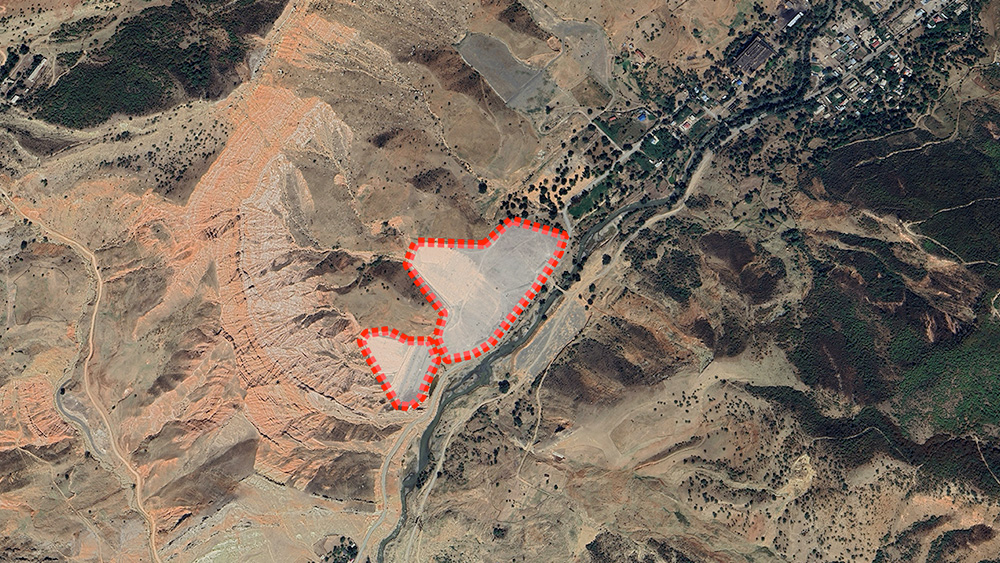
The unstable tailings ponds at Mailuu Su.
This involves excavating hundreds of thousands of tonnes of contaminated sludge, loading it into trucks, and hauling it across steep, winding mountain roads.
The risks are considerable. In June 2024, a truck transporting tailings at another Kyrgyz site, Min Kush, crashed into a ravine and spilled its load into a river. Three months later, another accident occurred at the same location. Both incidents were blamed on driver error.
The Russian state nuclear agency Rosatom, which manages some of the projects, has since tightened regulations, including speed monitoring and alcohol testing. But with thousands of truck journeys required, the probability of further accidents is high. Relocation is also expensive. Repairing the dam was costed at USD$4.5M. Moving the waste will cost closer to USD$17M.
For Kyrgyzstan – a small, resource-poor country with no nuclear industry of its own – such sums are prohibitive. International partners, including the European Bank for Reconstruction and Development, are funding remediation work across the region. Sites in Shekaftar and Min Kush have already been rehabilitated. But pond seven remains untouched, as fundraising efforts continue.
The stakes could not be higher. The Mailuu-Suu river feeds into the Syr Darya, which irrigates the Fergana Valley. Surrounded by mountains, the valley is the only large expanse of fertile land in the region. Its crops and livestock sustain millions in Kyrgyzstan, Uzbekistan and Tajikistan.
Radiation levels in the tailings are far lower than at disasters like Chernobyl, and exposure would not cause immediate mass casualties. But long-term contamination of farmland and groundwater could increase cancer rates and devastate rural economies.
For now, the dam still holds. But engineers agree it is only a matter of time before action is required. Reinforcement will not work. Relocation is risky, expensive and logistically fraught.
The dilemma at Mailuu-Suu captures the difficulty of managing industrial waste built up over decades with little thought for the future.
A town once hidden from the world may yet become infamous – not for the weapons it once helped build, but for an engineering problem that has no easy solution.
Additional footage and images courtesy of European Bank of Reconstruction and Development, Prelinger Archives, Nederlands Instituut voor Beeld en Geluid, Ministry of Emergency Situations of Kyrgyzstan.
Use THEB1M to get 50% off your first monthly STEM crate at kiwico.com/theb1m and spark hands-on STEM discovery in your kids!
We welcome you sharing our content to inspire others, but please be nice and play by our rules.
